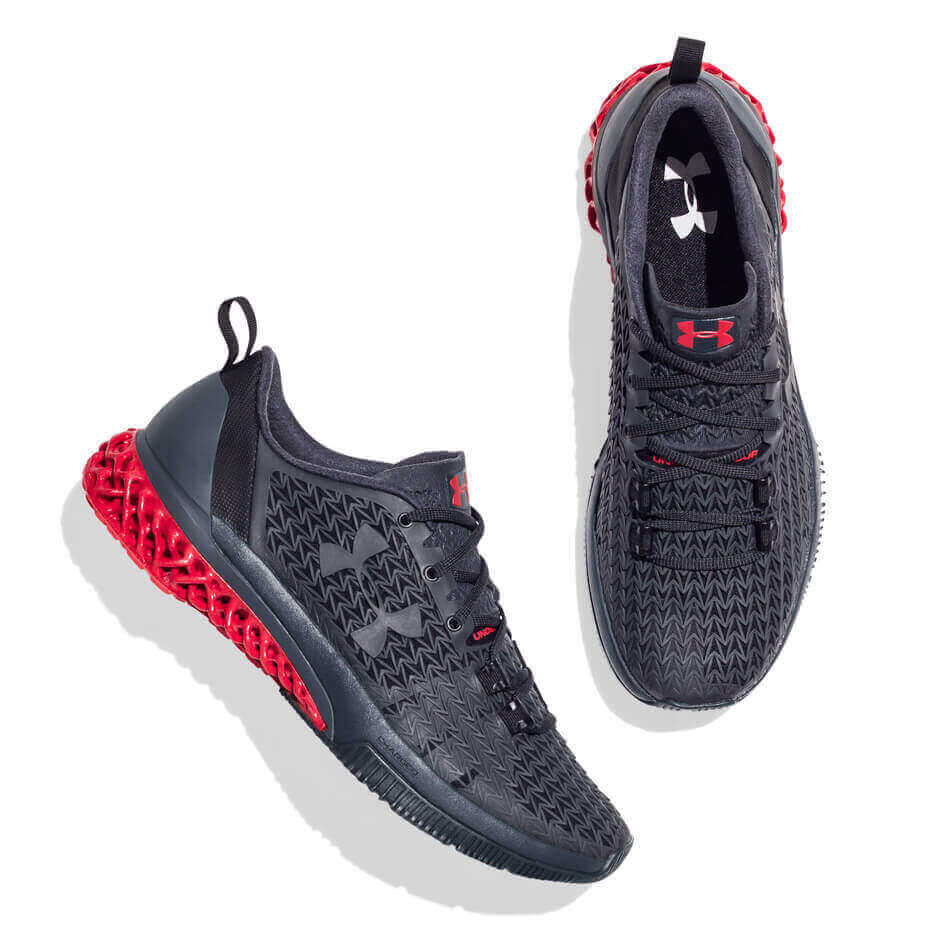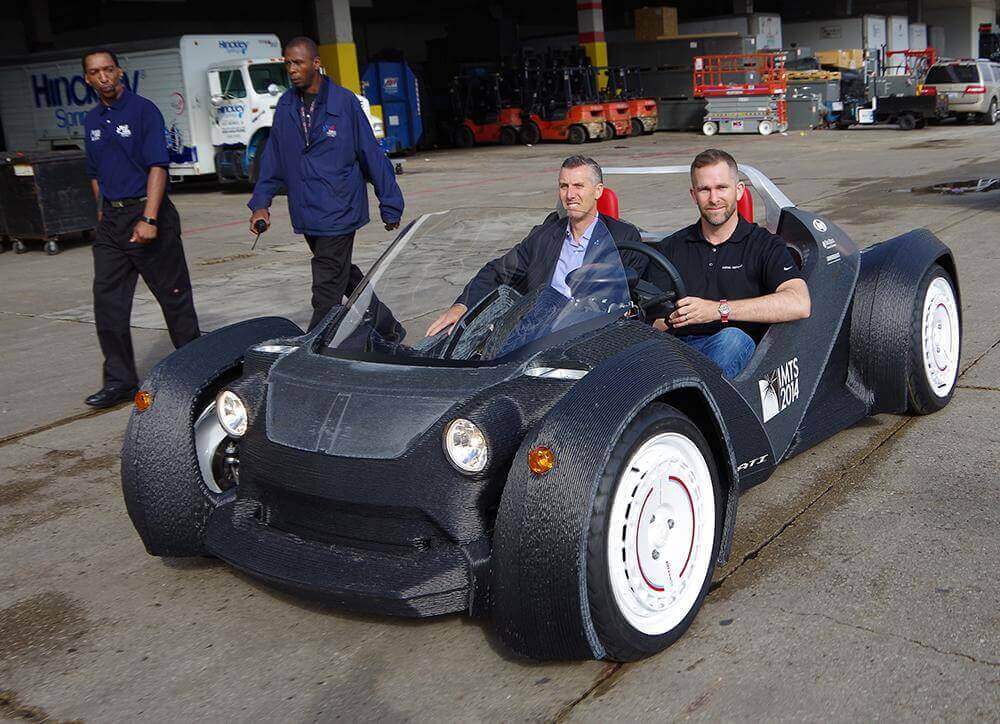Will 3D printed athlete’s shoes ever be more than an elite brand marketing? Rachel Park takes a look at the shoes & car industries.
I was reading a(nother) story about 3D printed running shoes recently, which prompted the thought stream for this post. It was about Nike’s involvement in the development of highly customized shoes for the US elite athlete Allyson Felix who won gold in the women’s 200m in London in 2012 and is looking to go for gold again this year in Rio.
It is no secret that the big global sports companies are utilizing 3D printing processes to develop sports footwear and incorporating 3D printed production grade shoe components into elite footwear — Nike was doing it as early as 2013/4 with football cleats/boots. More recently the big sports brands have been using additive technologies for the production of complex lattice midsoles for foot apparel that are said to optimize the weight / performance ratio to benefit the wearer. Again, this is not a wholly new concept, but the fact that they are being made available via retail outlets is.
Runners Up: Under Armour and New Balance Join the Race

Under Armour did it in March of this year and claimed numerous headlines, while New Balance did it a month later amid very, very similar headlines. There is indeed a technical difference between the two despite the application being the same. Under Armour’s UA Architech shoe features a 3D printed lattice midsole that stretches half the length of the show, while New Balance’s Zante Generate shoe features a 3D printed lattice midsole that runs the full length of the shoe. And on the cosmetic side, they are different colors! Both of these companies undoubtedly benefitted from the marketing and advertising opportunities of these 3D printing / elite sports equipment stories, and the shoes themselves are fantabulous by all accounts — and therefore desirable. But, still, the reality is that they are only being produced in very small volumes (Under Armour – 96 pairs; New Balance – 44 pairs) and cost hundreds of dollars per pair. I also suspect the retail price does not cover production and they are loss leaders. On top of that, these not-first-ever but still elite sports shoes do not incorporate any personalized or customized parts.
In contrast, Nike’s current story harks back to its football cleat project, and centers around technology support for a single elite athlete to build personalized shoes that have the potential to improve her performance. The elite of the elite if you like. They will likely have been funded by sports grants that are probably more about bringing Olympic gold home to the US rather than any altruistic intent for technology adoption, but if wider benefits result in the longer term does it matter? Probably not.
Aspiration of the Masses versus Elite Brand Marketing

However, one thing that did strike me with this situation in the sports shoe industry is that it is analogous in some ways to the way 3D printing impacted the automotive industry back in the late 1990’s and early noughties. At that time, the technology was taken up by many race teams for the development — and later production — of track car components. That was where the money — and the interest — was focused, on the elite performance cars to improve said performance by microseconds. Over time, however, this knowledge, application and uptake filtered down to road car development teams. Of course, the elite brands were still the ones to raise the most interest and grab headlines — Aston Martin and Bentley spring to mind — but now the automotive 3D printing headlines are right across the board and the benefits of shorter lead times and cost efficiencies are a matter of course.
Where this happens in industry sectors it is interesting to see the dynamics at play — aspiration of the masses versus the elite branding marketing strategies. However, the missing link, in both industries as far as I can tell, is the ability to fulfill mass customization. It is still the end game I believe, but currently, the economics of personalized 3D printing at high volumes are still the main barrier. When that barrier comes down then the things we aspire to will come closer to becoming a reality — and we’ll have to find something new to aspire to!
License: The text of "Shoes & Cars: 3D Printing Aspirations & Reality" by All3DP is licensed under a Creative Commons Attribution 4.0 International License.